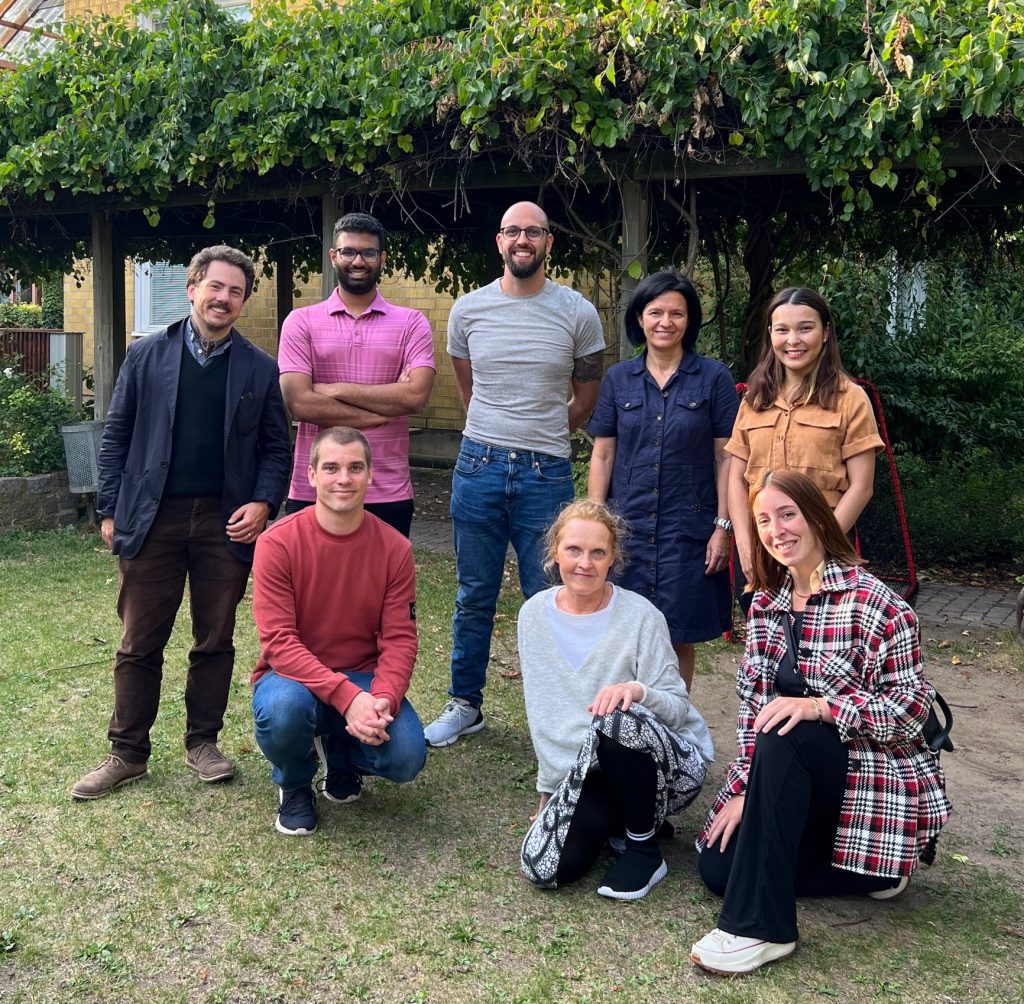
Molecular Evolution
Background
What it takes to form multicellularity remains poorly understood. We lack to identify key components behind the rise of both multicellular lifeforms, such as animals and plants, and tumor multicellularity within animals – cancer. If we unravel these key components, we may advance our view on animal origins as well as our approaches to disrupt tumor growth. While the rise of animals is commonly studied with clues from Earth history (geology) and their development (biology), tumor biology can add unique real-time insight to the dynamics at the successful rise of ‘ugly’ multicellularity.
Our research
In a transdisciplinary effort, we utilize both geobiology and tumor biology to explore the evolutionary roots to animal health and disease. One focus is the role that biological innovations like the cellular hypoxic response machineries have played for the rise of complex multicellularity. Another focus is the shared programs that unicellular organisms and single cancer cells utilize for metabolism, motility, and mediation of toxicity.
